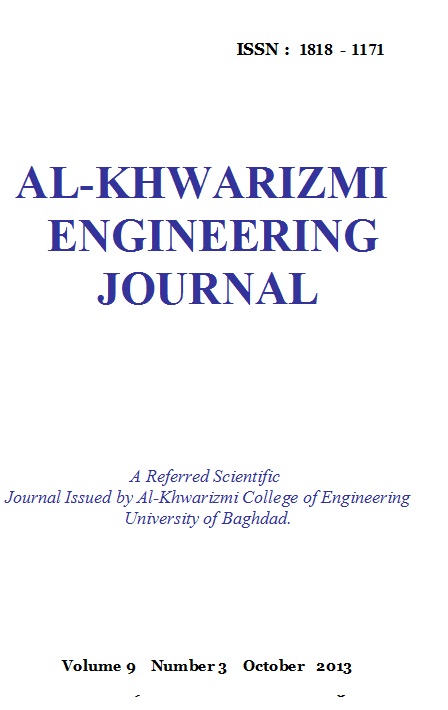Theoretical and Practical Investigation of Blood Flow through Stenosed Coronary Lad Artery
Keywords:
blood flow, atherosclerosis, stenosed artery, simulation, modeling, coronary angiographyAbstract
Atherosclerosis is the most common causes of vascular diseases and it is associated with a restriction in the lumen of blood vessels. So; the study of blood flow in arteries is very important to understand the relation between hemodynamic characteristics of blood flow and the occurrence of atherosclerosis.
looking for the physical factors and correlations that explain the phenomena of existence the atherosclerosis disease in the proximal site of LAD artery in some people rather than others is achieved in this study by analysis data from coronary angiography as well as estimating the blood velocity from coronary angiography scans without having a required data on velocity by using some mathematical equations and physical laws. Fifty-eight patients were included in this study that underwent cardiac catheterization for diagnostic coronary angiography. It found some information that may explain the ability of small arteries to develop the lesions with time mainly in proximal site of LAD artery.
For investigation the fluid-structural response to pulsatile Newtonian and non-Newtonian blood flow through an axisymmetric stenosed coronary artery; the theoretical simulation is built up by using ANSYS 11, to evaluate the biomechanical parameters in the atherosclerotic process. Rigid and Newtonian cases were investigated to provide an understanding on the effects of incorporating the Fluid-Structural Interaction (FSI) into the model. For validation of the models and methods used, the computation results are compared with the previous studies. The non-Newtonian Carreau model was investigated with FSI, which showed a little difference in comparison with the Newtonian flow model in terms of velocity, pressure, wall shear stress (WSS), and stress distribution.
Downloads
Downloads
Published
Issue
Section
License
Copyright: Open Access authors retain the copyrights of their papers, and all open access articles are distributed under the terms of the Creative Commons Attribution License, which permits unrestricted use, distribution, and reproduction in any medium, provided that the original work is properly cited. The use of general descriptive names, trade names, trademarks, and so forth in this publication, even if not specifically identified, does not imply that these names are not protected by the relevant laws and regulations. While the advice and information in this journal are believed to be true and accurate on the date of its going to press, neither the authors, the editors, nor the publisher can accept any legal responsibility for any errors or omissions that may be made. The publisher makes no warranty, express or implied, with respect to the material contained herein.












